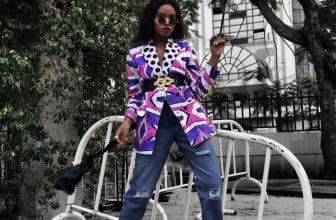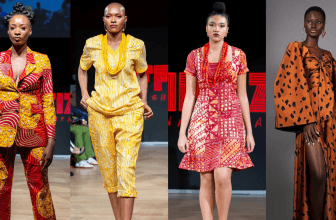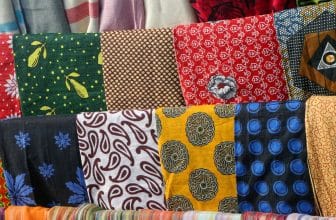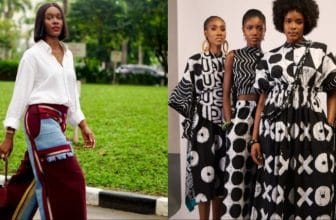The Secret Power of Texture in Fashion Design
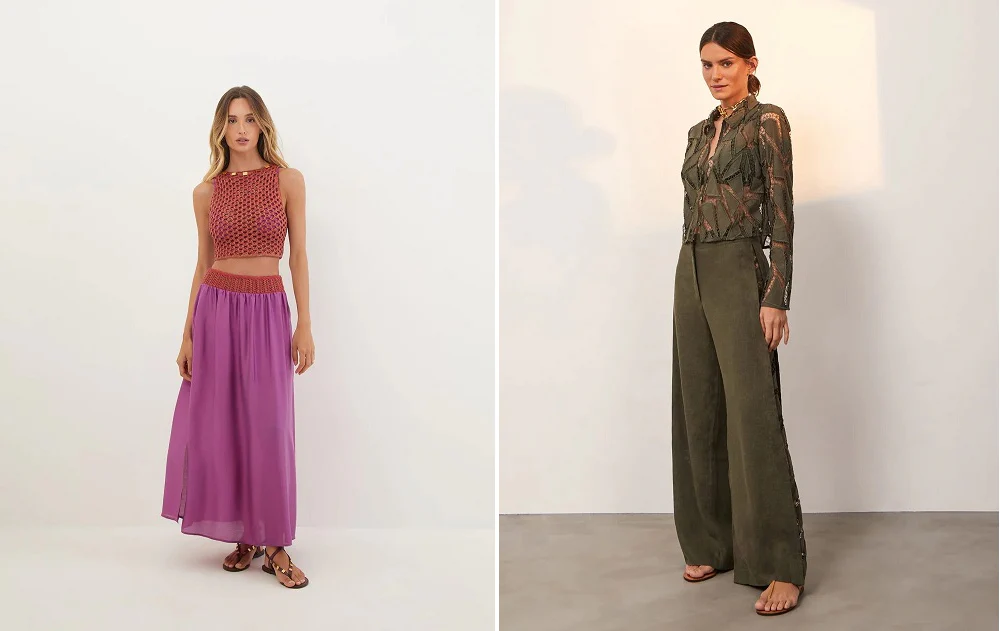
Introduction
In fashion, color often steals the spotlight — but texture is the quiet force that creates depth, emotion, and character.
Run your hand across silk, velvet, or tweed — you’ll instantly feel the difference. That sensation tells a story before you even speak.
The power of texture in fashion design lies in how it influences not just how clothes look, but how they feel — both physically and emotionally.
Let’s dive into how designers use texture to bring life, luxury, and meaning to their creations.
1. What Is Texture in Fashion?
Texture refers to the surface quality of a fabric — how it looks and feels to the touch. It can be smooth, rough, shiny, fuzzy, or crisp.
There are two types:
• Tactile texture: what you feel (like soft velvet or coarse denim)
• Visual texture: what you see (like printed patterns that look textured)
The right combination creates a garment that’s both visually and emotionally compelling.
2. How Texture Shapes Perception
Every texture evokes a mood:
• Silk feels romantic and elegant.
• Leather feels bold and edgy.
• Cotton feels relaxed and approachable.
• Lace feels delicate and feminine.
Designers use these subtle cues to communicate personality through fabric. For instance, pairing satin with denim instantly creates contrast — a balance between refinement and rebellion.
3. The Psychology of Texture
Texture influences emotion. A fuzzy knit sweater feels comforting, while a crisp linen shirt feels fresh and confident.
In fact, studies in consumer psychology show that people associate smooth textures with luxury and trust, while rough textures evoke raw authenticity.
The texture of your outfit doesn’t just express your mood — it shapes it.
4. Mixing Textures Like a Pro
Creating balance is key. Here’s how to do it effortlessly:
• Combine matte and shiny fabrics for depth.
• Mix soft and structured textures for visual interest.
• Use layering to create contrast (e.g., silk under a chunky knit).
Pro Tip: Stick to a unified color palette when mixing textures — it keeps the outfit cohesive, not chaotic.
5. How Texture Impacts Photography and Design
In both fashion design and visual marketing, texture captures light differently.
A glossy satin reflects light dramatically, while suede absorbs it. This can make or break your fashion photography — and why stylists often choose contrasting textures for photo shoots.
Texture literally adds dimension to an image.
6. Sustainability and Texture Innovation
Modern fabric technology now creates sustainable textures using organic fibers, plant-based dyes, and recycled yarns — proving that beauty and responsibility can coexist.
Brands are experimenting with new tactile experiences made from orange peels, pineapple leaves, and mushroom leather.
This is where the future of texture in fashion truly shines — ethical, innovative, and emotionally powerful.
Conclusion
Texture is the heartbeat of fashion. It speaks to the senses, tells a story, and defines the mood of a moment.
When you touch a garment, you’re not just feeling fabric — you’re connecting with emotion, craftsmanship, and creativity.
So next time you choose an outfit, ask yourself: What do I want people to feel when they see or touch this?
Because true style isn’t just seen — it’s felt.



